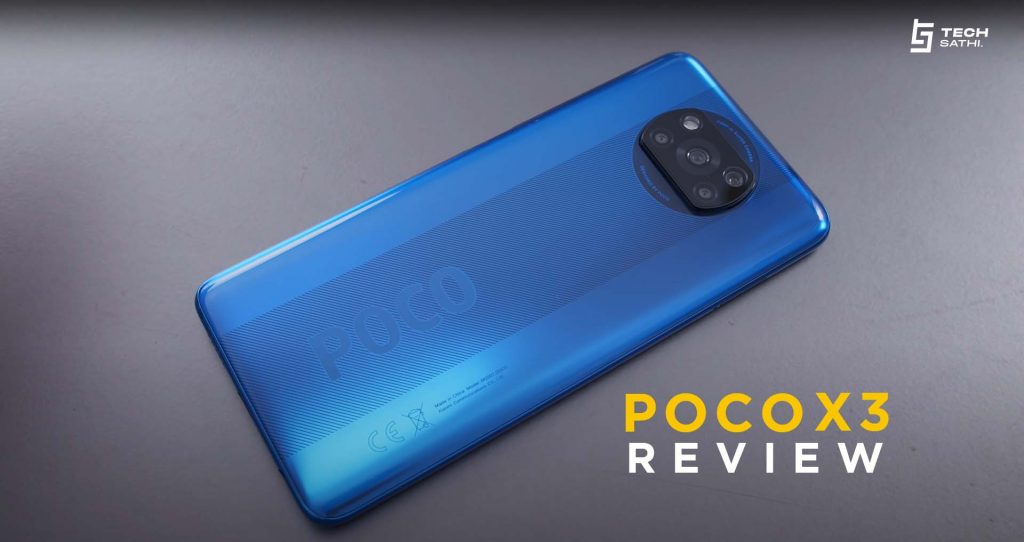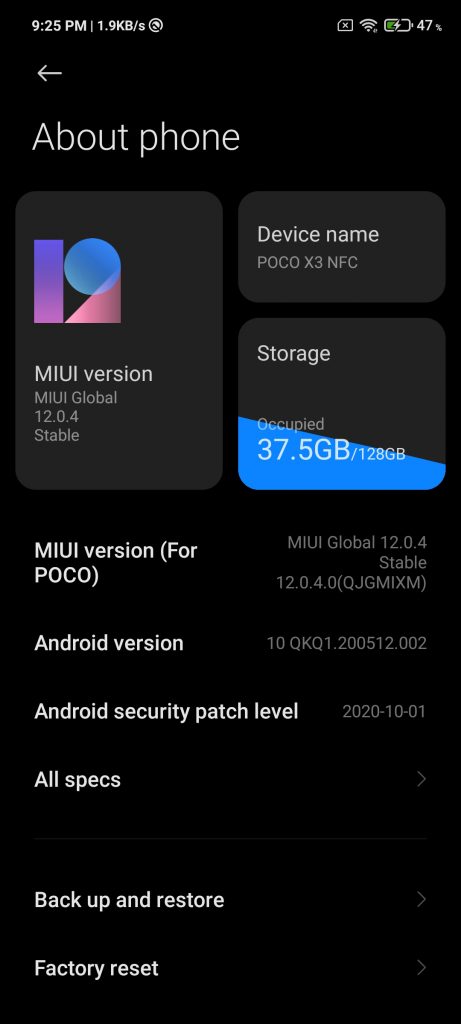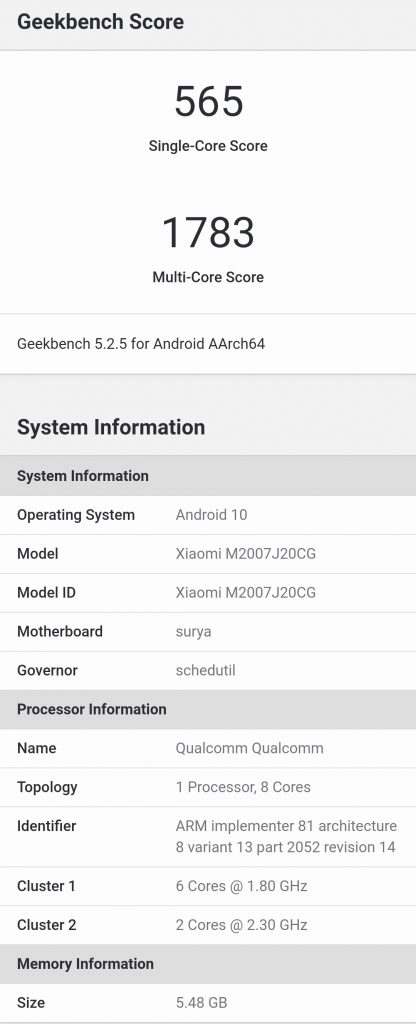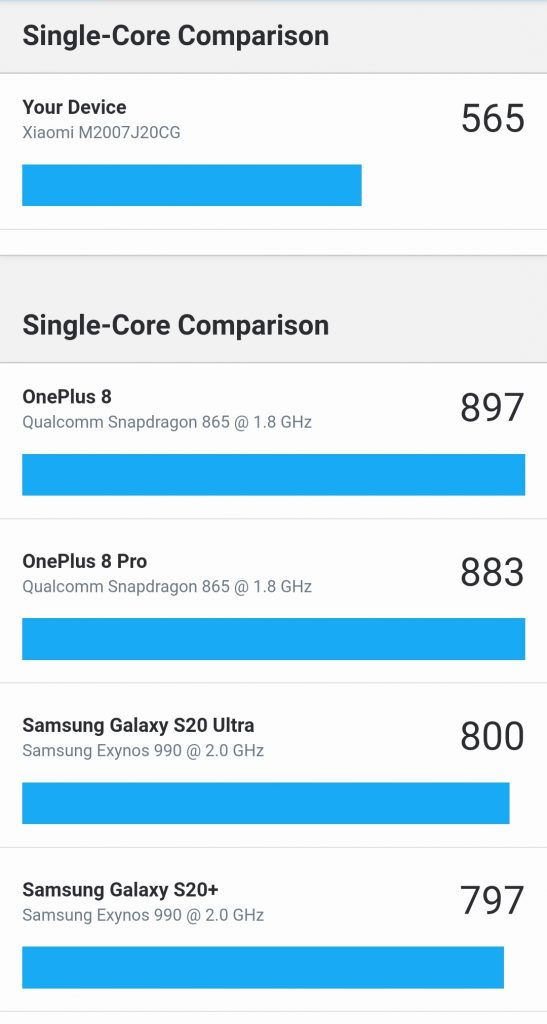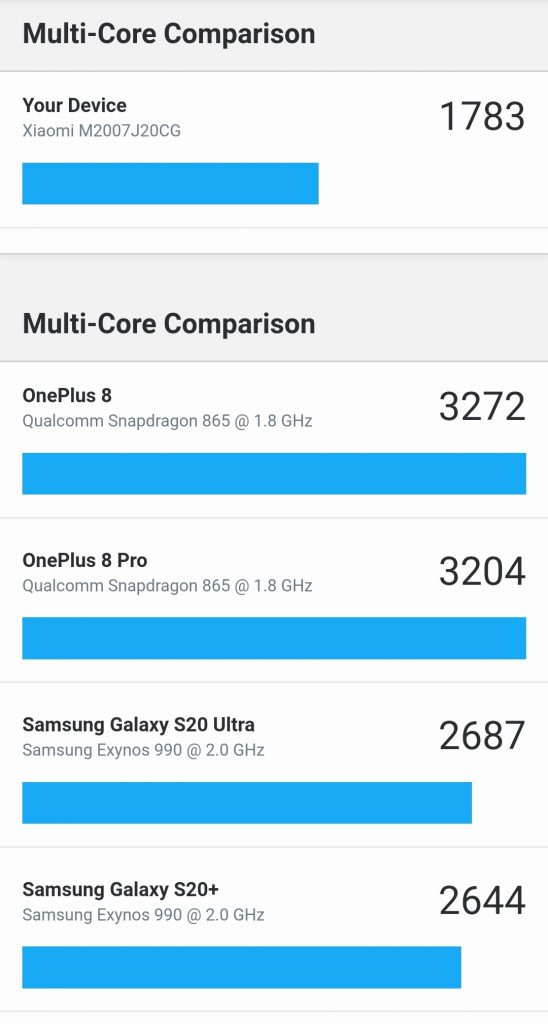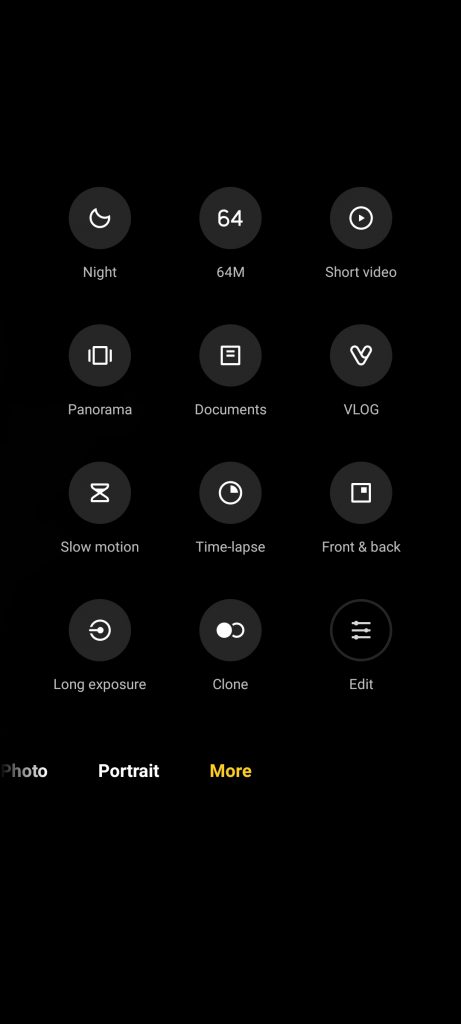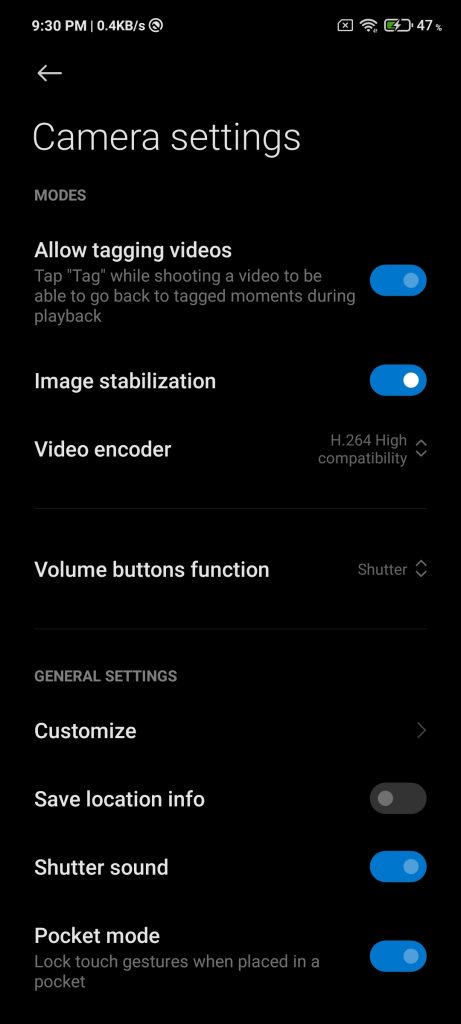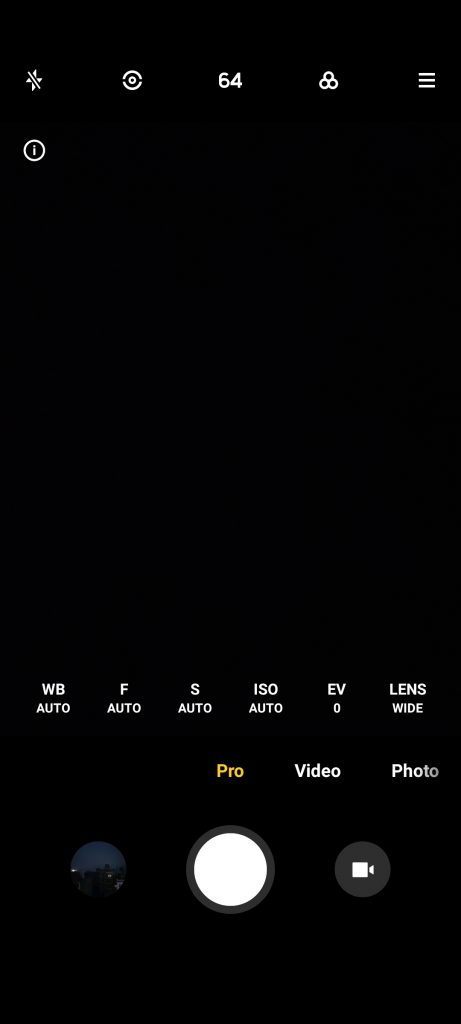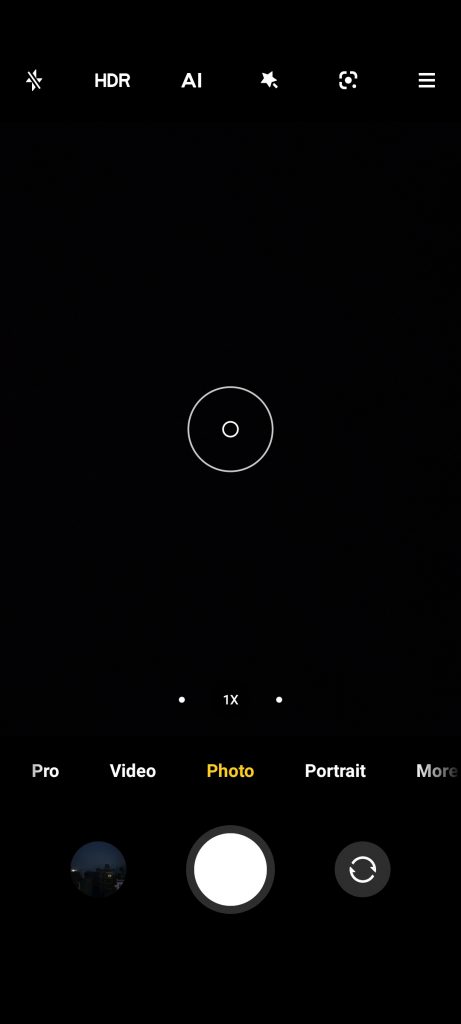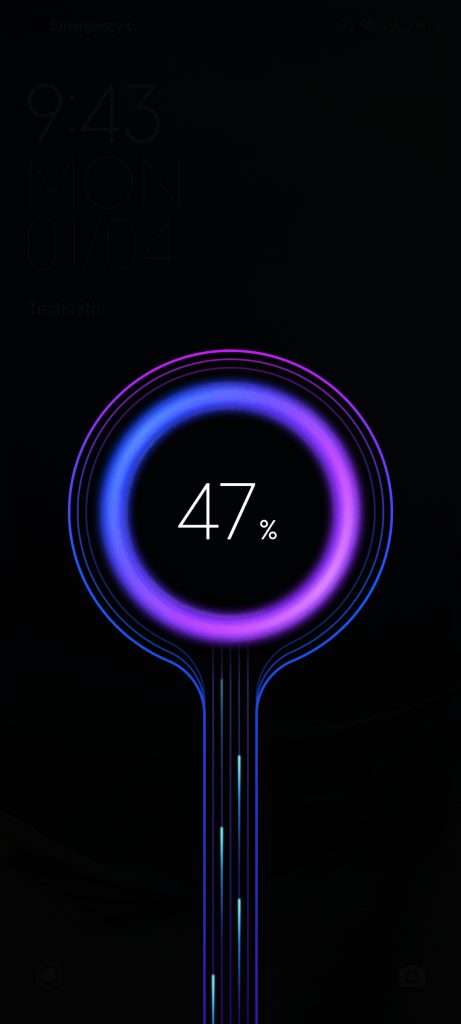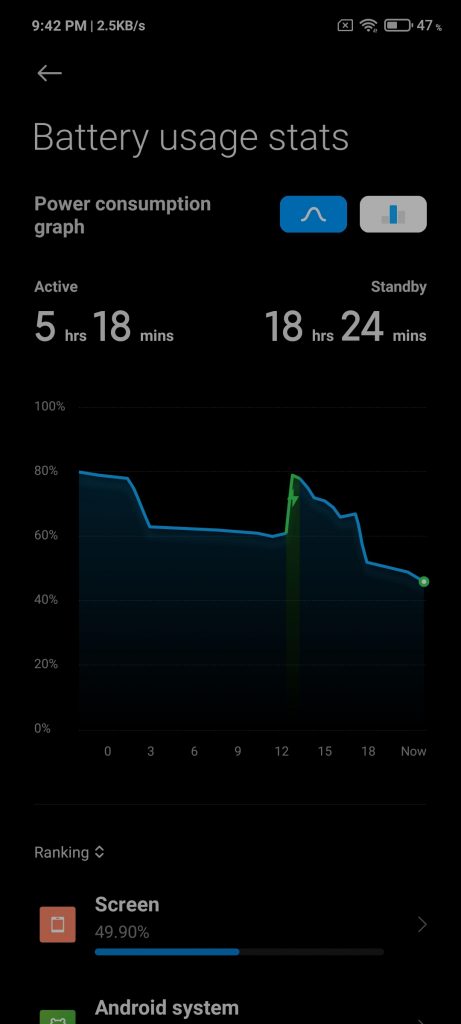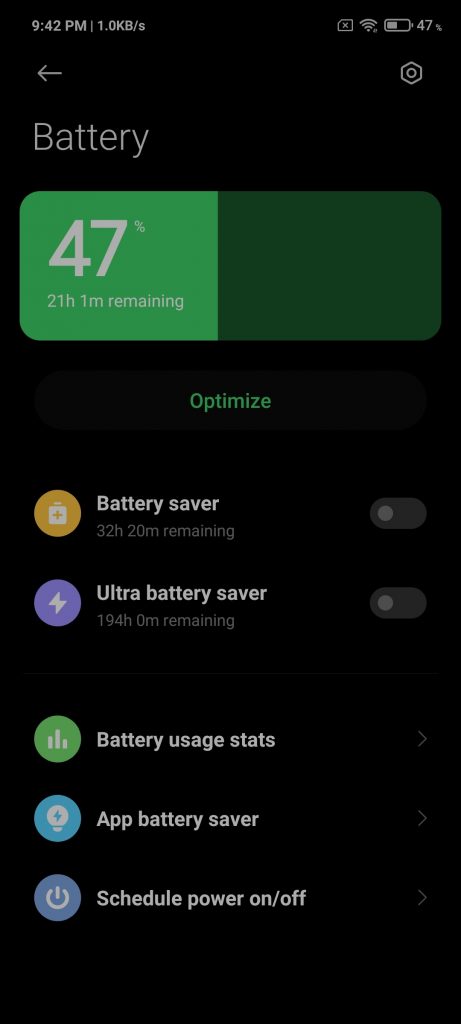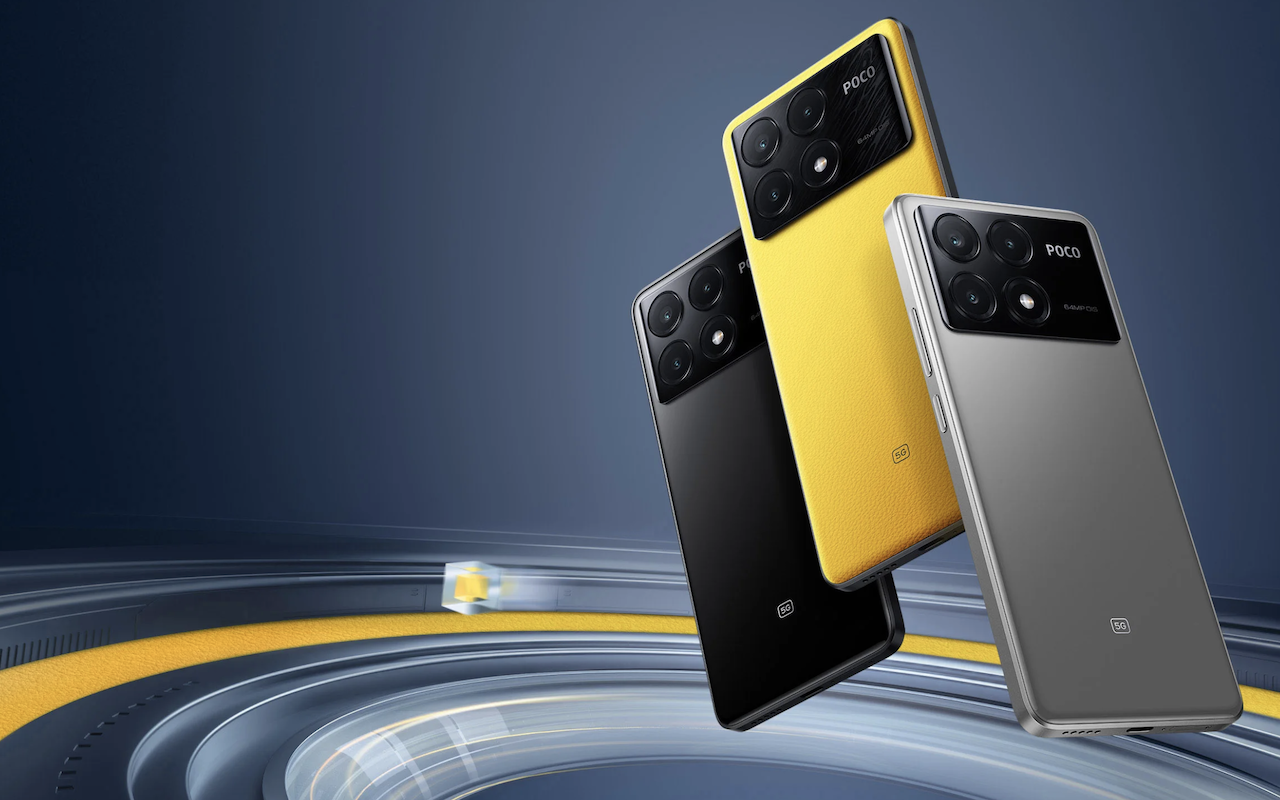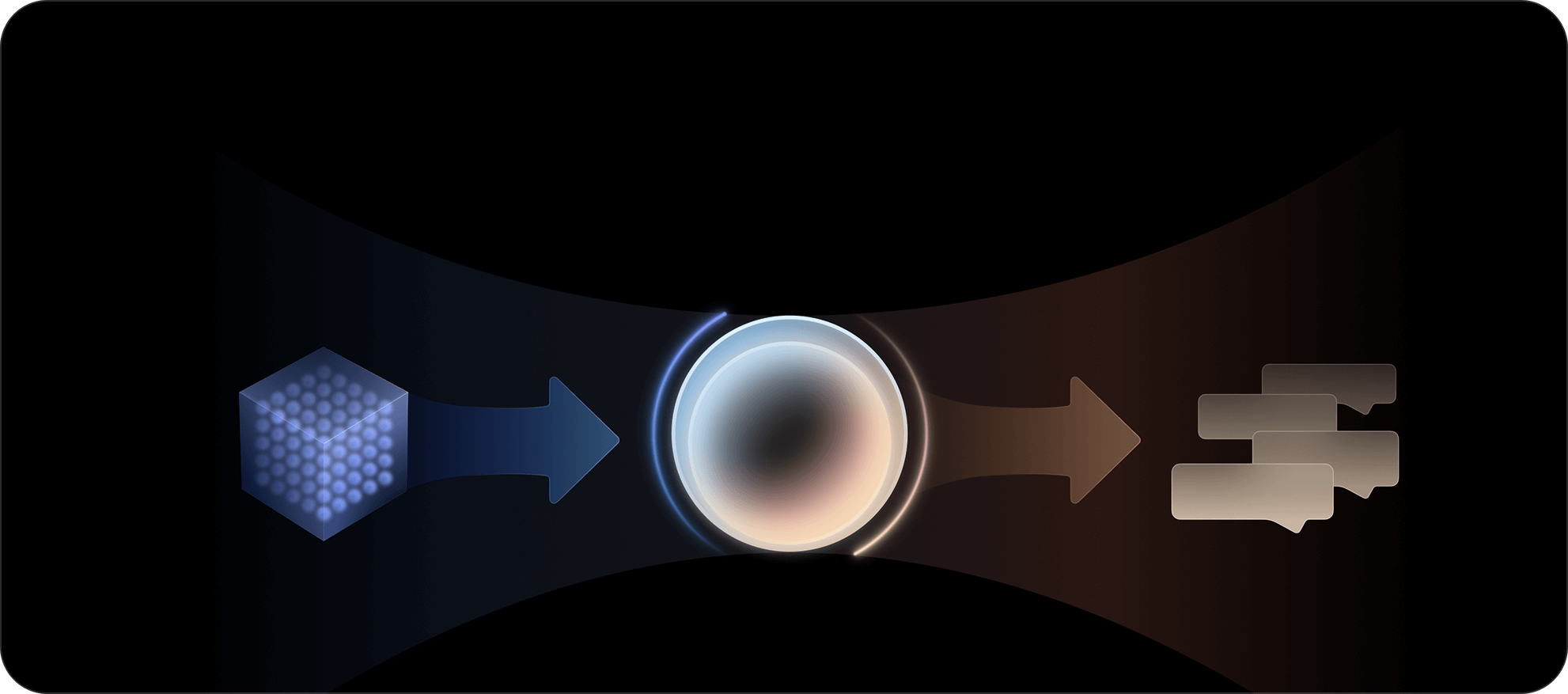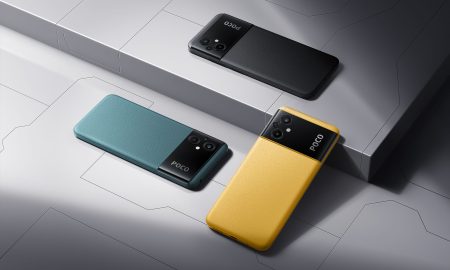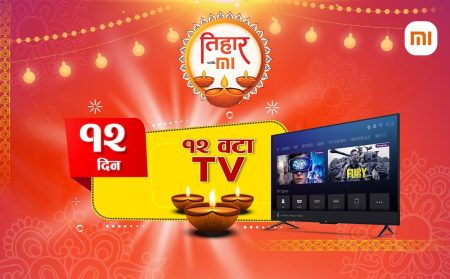It’s been a few weeks since Poco X3 was launched in Nepal and I must say Poco Nepal did an amazing job with the pricing. So, can it be dubbed the ‘Reigning King of Mid-rangers’ for now? I am sure many of you will agree with it but after more than a month of usage, this full review may help you get updated on all the pros and yes cons of this device. Let us get started then.
POCO X3 Price in Nepal
| Variant | Price in Nepal (MRP) |
| 6GB+128GB | NPR. 31,999 |
Specifications
| Dimensions & Weight | 165.3 x 76.8 x 9.4 mm 215g |
| Build | Glass front (Gorilla Glass 5), Aluminum frame, plastic back |
| Display | IPS LCD 6.67 inches (~84.6% screen-to-body ratio) 1080×2400 pixels 20:9 aspect ratio (~395 ppi density) HDR10, 450 nits (typ) 120Hz refresh rate, 240Hz touch sampling rate Mid-punch Hole cutout |
| SoC | Qualcomm Snapdragon 732G (8 nm) |
| Chipset | Octa-core (2×2.3 GHz Kryo 470 Gold & 6×1.8 GHz Kryo 470 Silver) CPU Adreno 618 GPU |
| RAM | 6GB/8GB |
| Storage | 64GB/128GB UFS 2.1 |
| Battery and Charging | 5160mAH 33W Flash Charge USB Type-C port |
| Rear Camera | Quad Camera 64MP, f/1.9, 26mm, PDAF (main) 13MP f/2.3, 16mm, FOV 119° (ultra-wide) 2MP f/2.4 (depth) 2MP f/2.4 (macro) Dual-LED flash, HDR, Panorama 4K@30fps, 1080p@30/60/120fps, 720p@960fps, gyro-EIS |
| Front Camera | 20MP, f/2.2, 26mm lens HDR, Panorama 1080@30fps |
| Operating System | MIUI 12, Android 10 |
| Sensors | Compass Proximity sensor Gyro-meter Acceleration sensor Infrared sensor Fingerprint scanner (side-mounted) |
| Other Features | Wi-Fi Dual-Band 802.11 a/b/g/n/ac, Wi-Fi Direct, hotspot Bluetooth 5.1, A2DP, LE GPS with A-GPS, GLONASS, BDS NFC FM-Radio, Recording 3.5mm headphone jack Stereo loud speakers |
| Colors | Blue, Gray |
| Pros | Cons |
| 120Hz refresh rate | No AMOLED display |
| Great gaming chipset | Plastic back |
| 33W fast charging | |
| Stereo loud speakers | |
| Versatile camera |
Poco X3 Full Review
Build and Design
Like any typical mid-rangers, Poco X3 has a plastic back with a metallic texture and a big POCO branding on the back which many may not approve of. The logo however is less prominent in the Shadow Grey color variant of the phone that we have with us. The single top to bottom running stripe design keeps the look minimal and I personally liked it. The plastic back is slightly prone to fingerprints but one wouldn’t notice it that much. Aluminum framing wraps the phone on all sides making it more resistant to bending.
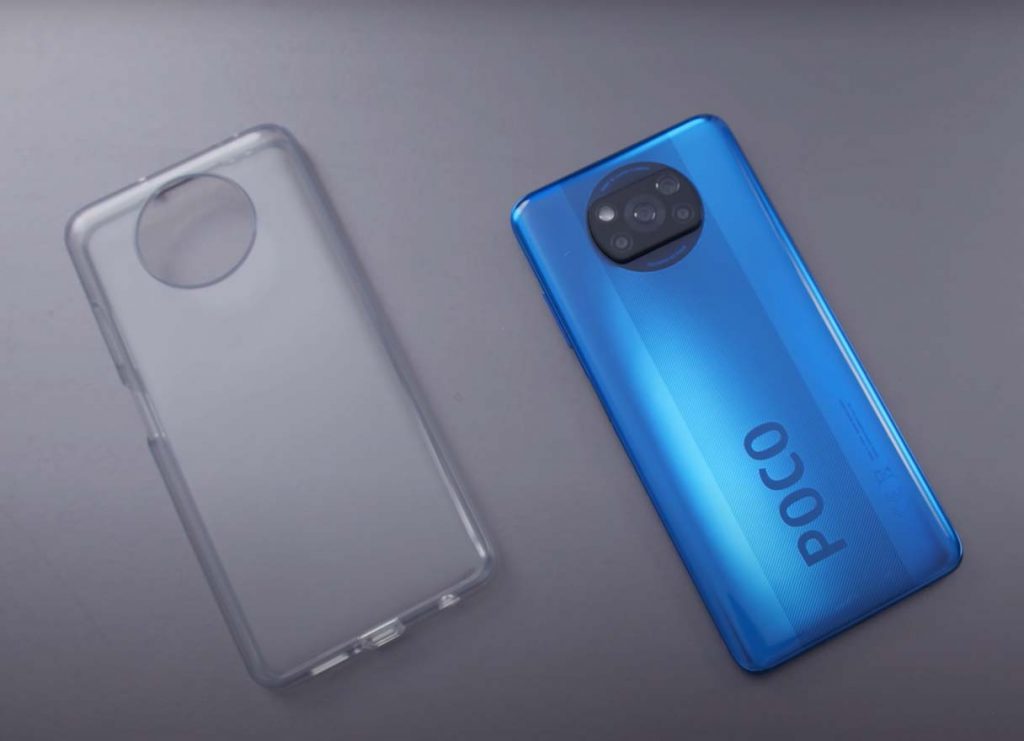
Unlike the Indian variant of Poco X3, the global variant that we have has a lesser battery and thus weighs 215g with 9.4mm thickness which is acceptable. The proper weight distribution and back grip didn’t hamper my long-term handling experience. The transparent cover provided in the box helps to protect the plastic back as well as balance out the thick rear camera module bump.
Poco tried its best to include some nifty features in this phone meanwhile keeping the cost budget-friendly. For reference, IP53 splash resistance is quite rare in this price bracket. There is the IR blaster up top which isn’t that big of a feature on paper but is handy at times. Since there is no always-on display, notification LED helps you stay updated without you having to unlock the phone screen.
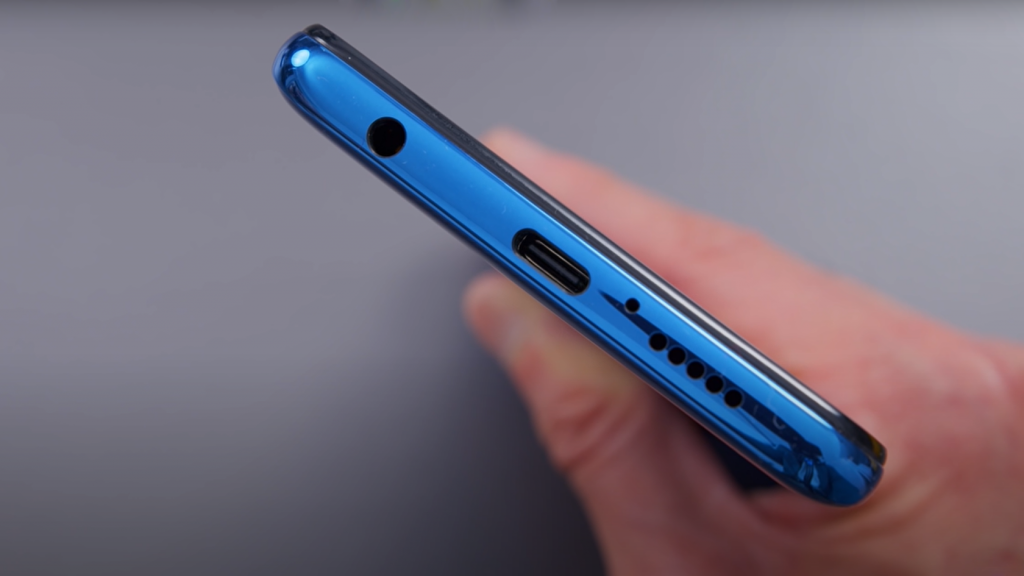
Moving on, the phone has volume buttons and physical fingerprint scanner embedded in the power button on the right side whereas the left side has a hybrid SIM tray slot. It supports micro-SD card up to 256GB or a second SIM. The bottom has the headphone jack, Type-C port and speaker cutout. We will talk about the speaker later cause that’s another surprise for you.
Display
Poco X3’s 6.67-inch IPS LCD 1080p display has an impressive 120Hz refresh rate which works on supported apps or during normal UI navigation. You will definitely feel that smoothness when scrolling. The implementation isn’t the flagship level and some ghosting can be noticed at times. I can confirm this after using it side-by-side with the Galaxy Note 20 Ultra. Similarly, the 240Hz touch sampling rate can be noticed when doing fast-paced gaming.
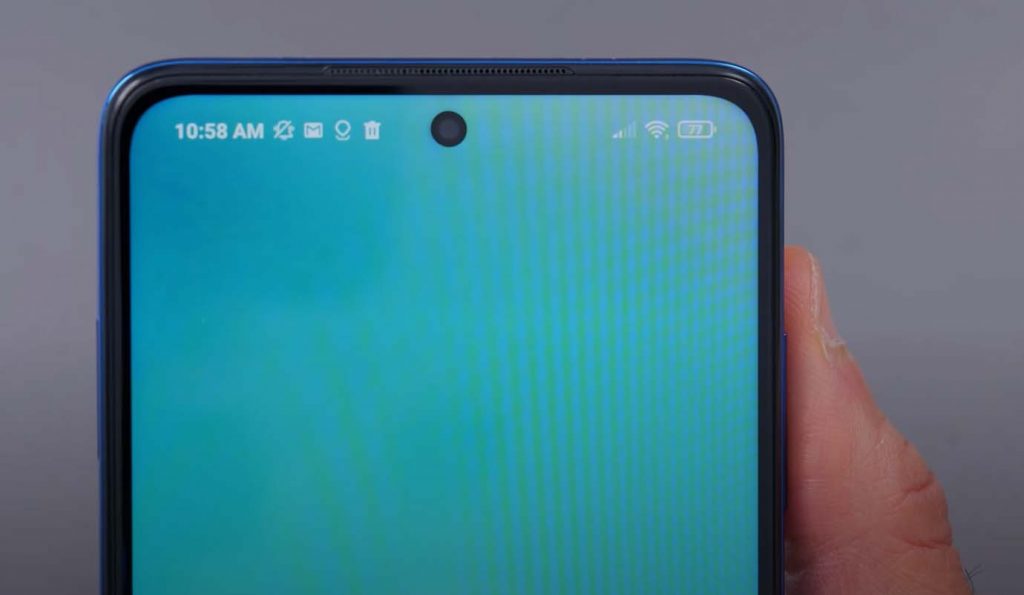
Talking about the display quality, the LCD panel’s color accuracy and contrast is quite good here. You can adjust the colors in the settings if you don’t like it by default. Manual brightness peaks at around 460nits whereas Auto-brightness maxes out at 630nits when under direct sunlight. So yes, the visibility is good outdoors.
Finally, Gorilla Glass 5 protection is there to keep your display safe along with a screen-protector from the company itself.
Performance and Software
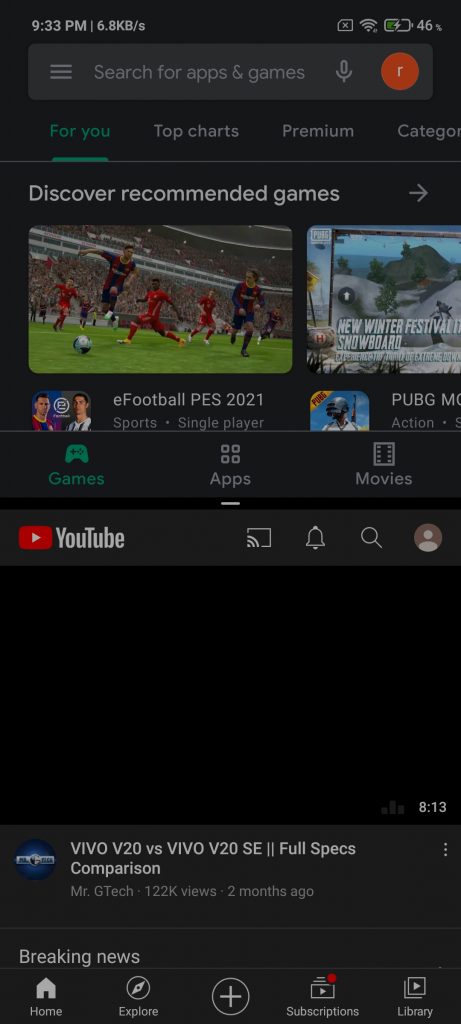
Split Screen 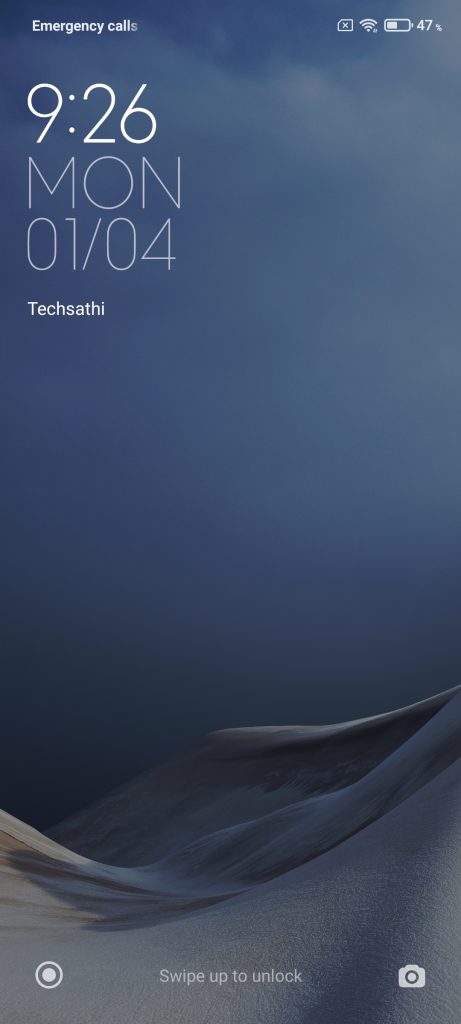
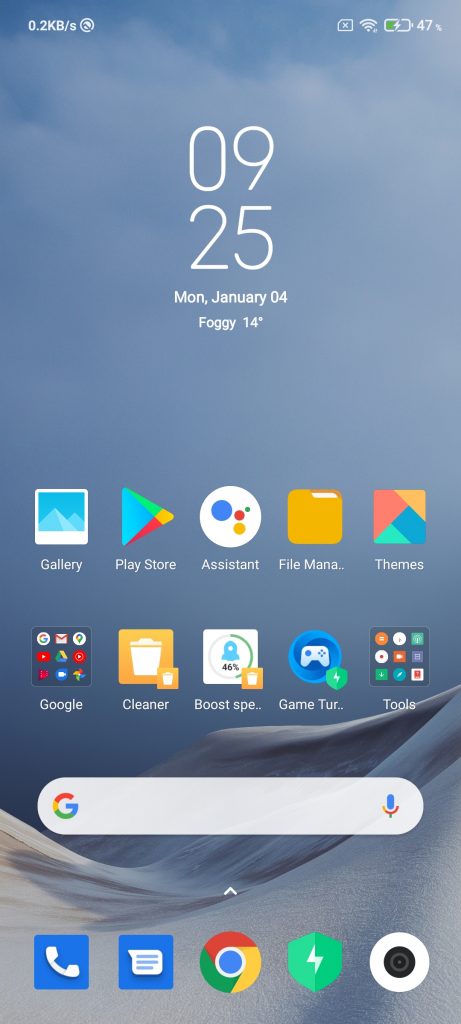
Home Screen 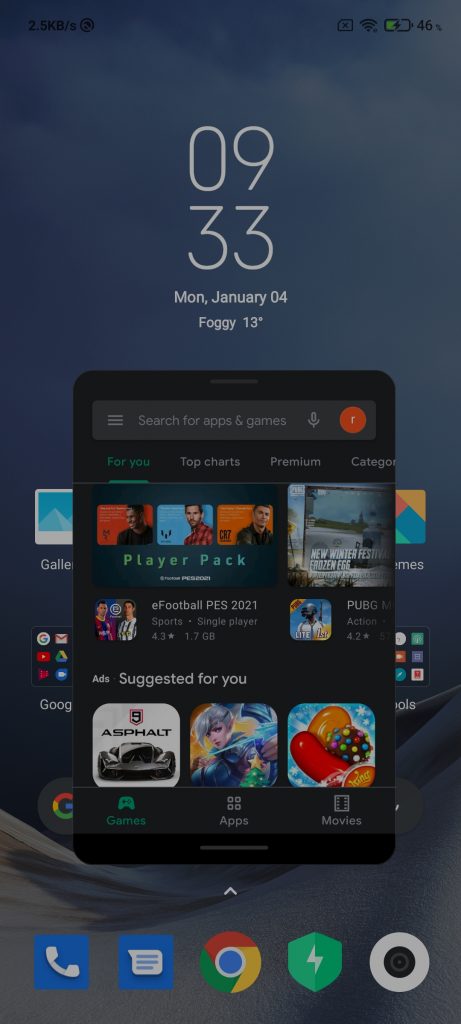
Floating Window 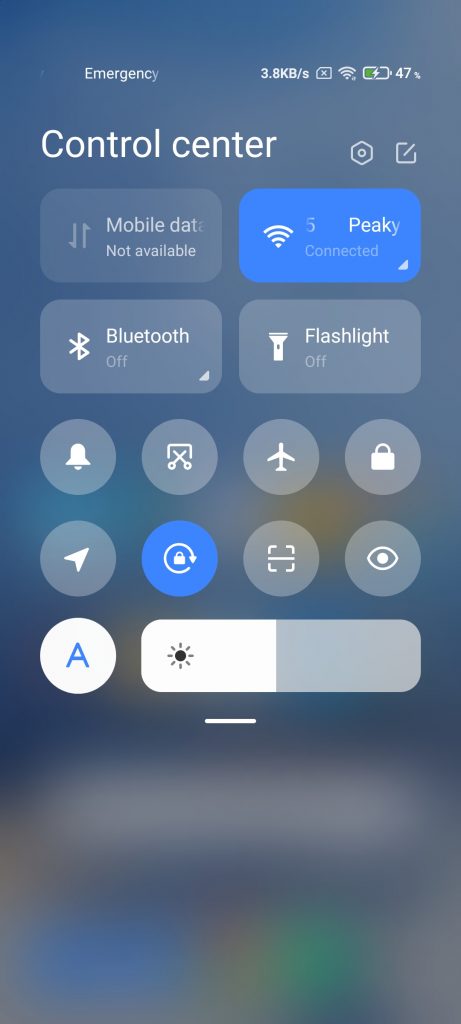
Control Center
Poco X3 is powered by Snapdragon 732G which is slightly better than the regular Snapdragon 730 or 730G seen in other mid-rangers. This chipset can be considered to fall in the upper-midrange segment and thus delivers great performance in games. Multi-tasking is a given feat even with the only 6GB RAM and 128GB storage variant available. In PUBG mobile, I got around 40 to 45fps in both Smooth or Balanced Graphics and Ultra Fps settings. Similarly, Call of Duty is able to run in the highest settings possible at around 50fps. 60FPS lock is present in most of the gaming titles and this being a mid-range chipset, I am sure we will need to wait a lot more before higher FPS becomes available. Also, I faced no heating issues even during long hours of gaming thanks to the vapor chamber doing its job right.
On the software side, during my entire usage the phone was running on MIUI Global 12.0.4 based on Android 10. I am sure we will be getting the Android 11 update soon. The UI is clean and snappy with lots of customization options and features.
Now onto the most asked question. Are there any ads on this device? To be honest, it’s both yes and no. First of all, there are some pre-installed apps and games which you can easily uninstall. Then there are ads on most of the default apps or during installation of any new one. You have to disable them in the Settings as well as on the individual apps which takes around 5 minutes. I think this is a way for Poco to compensate for the unbelievable pricing that they offer for this smartphone. Since I can easily disable them, I’m okay with it but are you?
Connectivity
For connectivity, Poco X3 has dual 4G SIM support, dual-band Wi-Fi 6, Bluetooth 5.1, GPS and FM radio. I don’t know why Poco is advertising the phone as Poco X3 NFC as the phone has a lot of other features that are much better than it. NFC isn’t even used in Nepal that much.
Sound
Let’s talk about that surprise I mentioned earlier. The phone has a stereo speaker setup with the louder bottom one and an earpiece up top. The sound quality out of these is impressive and greatly enhances your multimedia consumption. Here is an audio test.
Security
For security, the phone has normal 2D Face Unlock which isn’t that secure but works fast and precise. The main thing you will be using to unlock this device is the super responsive power button embedded fingerprint scanner which can be configured to a simple touch or press.
Other features
Other noticeable features in this smartphone are Wide vine L1 and HDR10 content support in all streaming platforms. Though the cameras are already good you can install G-Cam to further improve your photography. I missed to tell you this before but the haptic feedback on this device is so good. You can feel that pinpoint impact of your touch while typing, clicking icons and mostly during gaming at various parts of the screen.
Camera
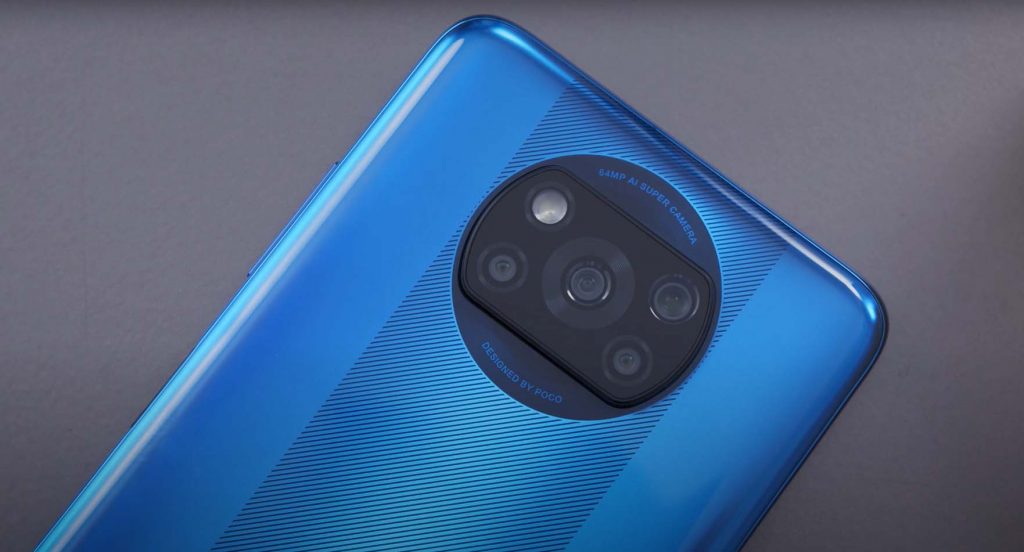
Intro (Key specs)
Poco released many rebranded Xiaomi phones this year but the X3 is a different story. It was designed by Poco itself and thus the camera module is completely unique from any other smartphone we have seen. The somewhat oval camera module has a 5-spot design with the main 64MP f/1.9 sensor in the middle, LED flash and 13MP f/2.2 ultra-wide above it, and the 2MP f/2.4 macro and depth sensor below it.
Daylight Pictures
Daylight pictures from the both the ultra-wide and main have great details, color accuracy and contrast. HDR and AI mode bring out the details in the shadow areas and seem to increase the vibrancy. 64MP is available but I didn’t notice much details when compared to the 16MP pixel binned normal images. The normal 10x zoom and cropped out 64MP images are the same in terms of details. The autofocus on the main sensor is fast and works great. Unlike stated in some other reviews, I had no issues with it.
Similarly, the pictures from the dedicated macro sensor are decent in ample lighting. I don’t like how companies advertise a quad-camera setup to attract customers when in fact autofocus capability of the ultra-wide can act as the macro sensor.
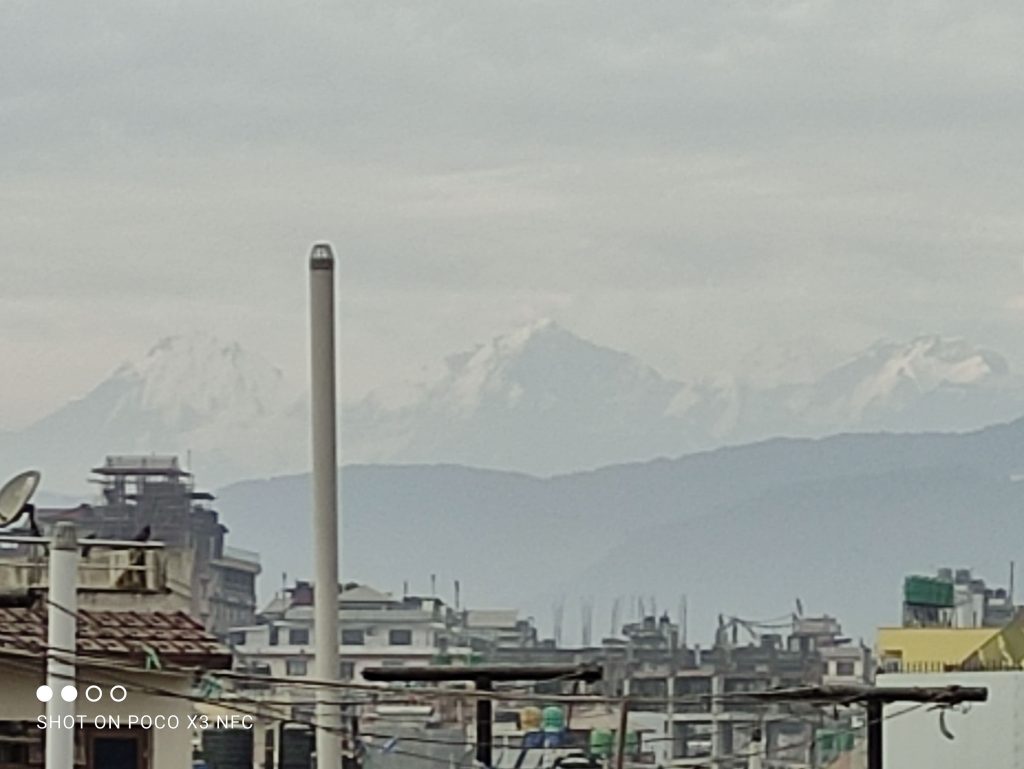
Main 10x 1 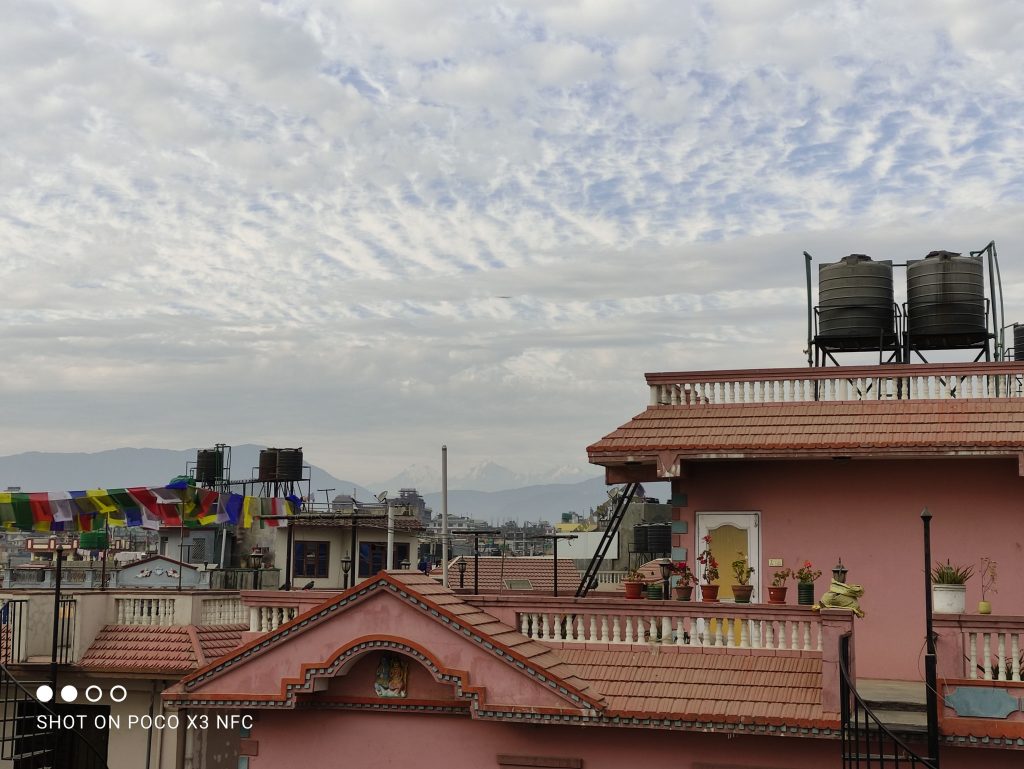
Main 2x 1 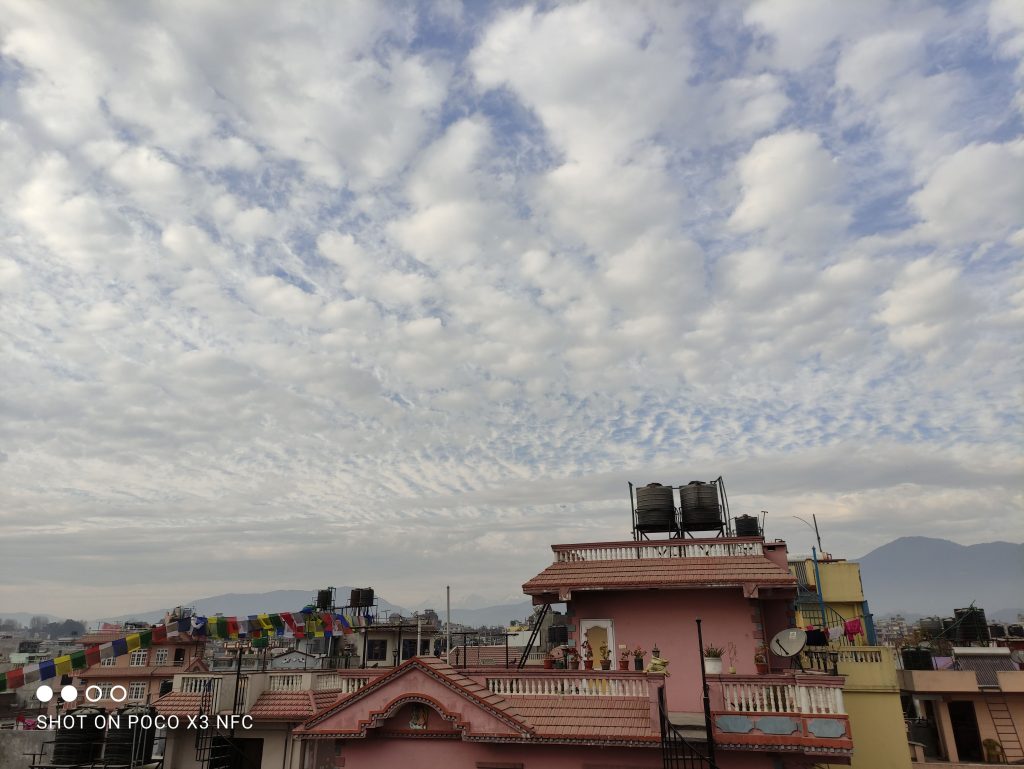
Main 1 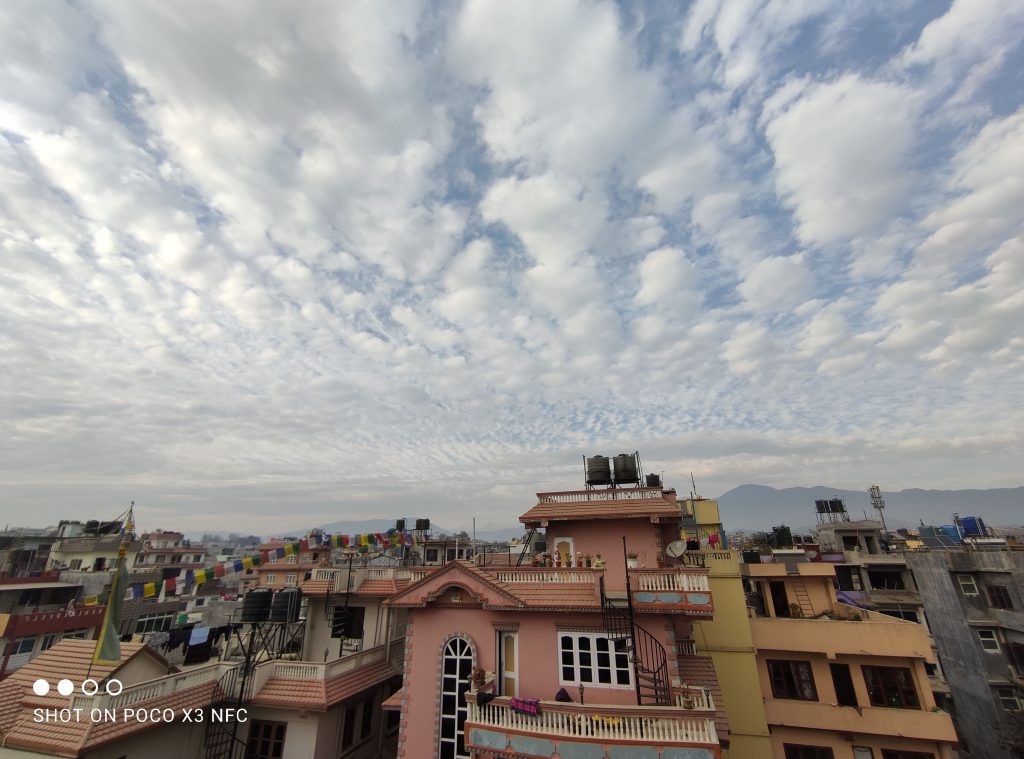
Ultrawide 1
Portraits and Selfies
Whether the depth sensor helps in the rear portraits or not, as you can see, they come out decent in proper lighting with natural background blur but slightly beautified skin tone which I am not fond of. The subject separation struggles if the background and foreground colors are similar. You can also notice it on the thin strands of my hair.
Selfies and selfie portraits aren’t a wow factor and if you turn the beauty mode off, you can get good skin tone, colors and details. Selfie portraits are similar with slight struggling in subject separation. There is no washed-out background in the portraits even under harsh backlight which is good to see.
Camera Samples:



Selfie (Night mode ON) 
Selfie (Night Mode OFF) 

Portrait Blur
Night Time Pictures
Moving onto night time, normal pictures, portraits and selfies are pretty dark without a proper light source. Night mode is available for the main sensor only which brings out the details with better exposure. Some grains are present and oh, the night selfie mode doesn’t seem to work at all. I don’t know why it’s even there.

Night Main 1x (OFF) 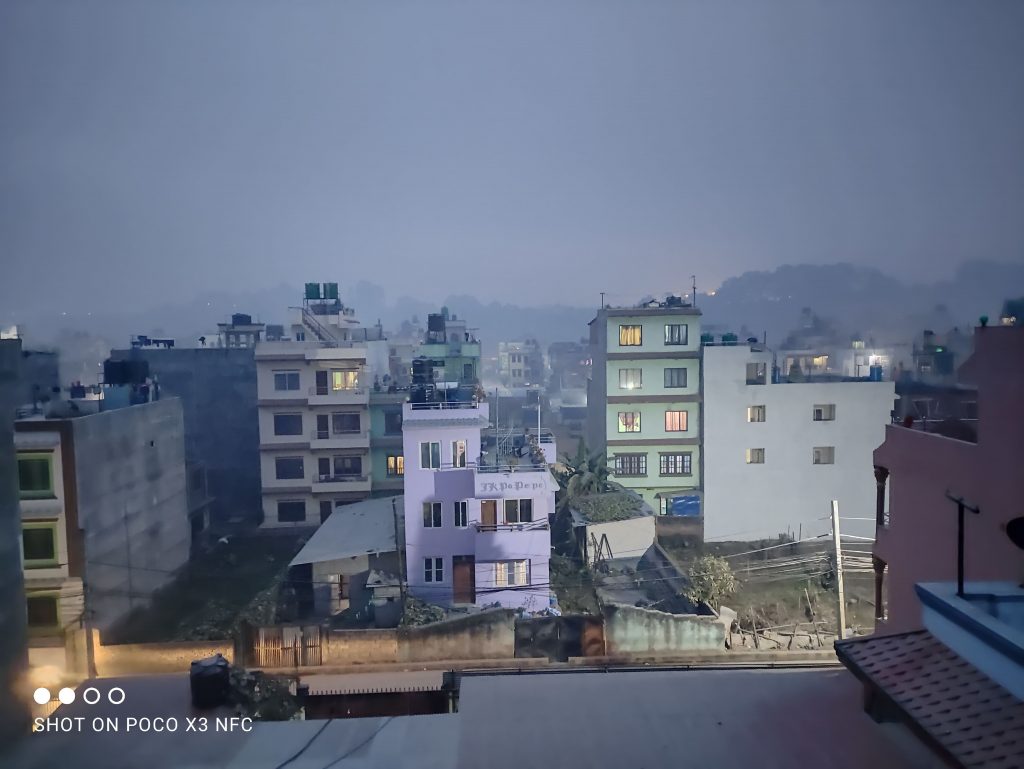
Night Main 1x (OFF) 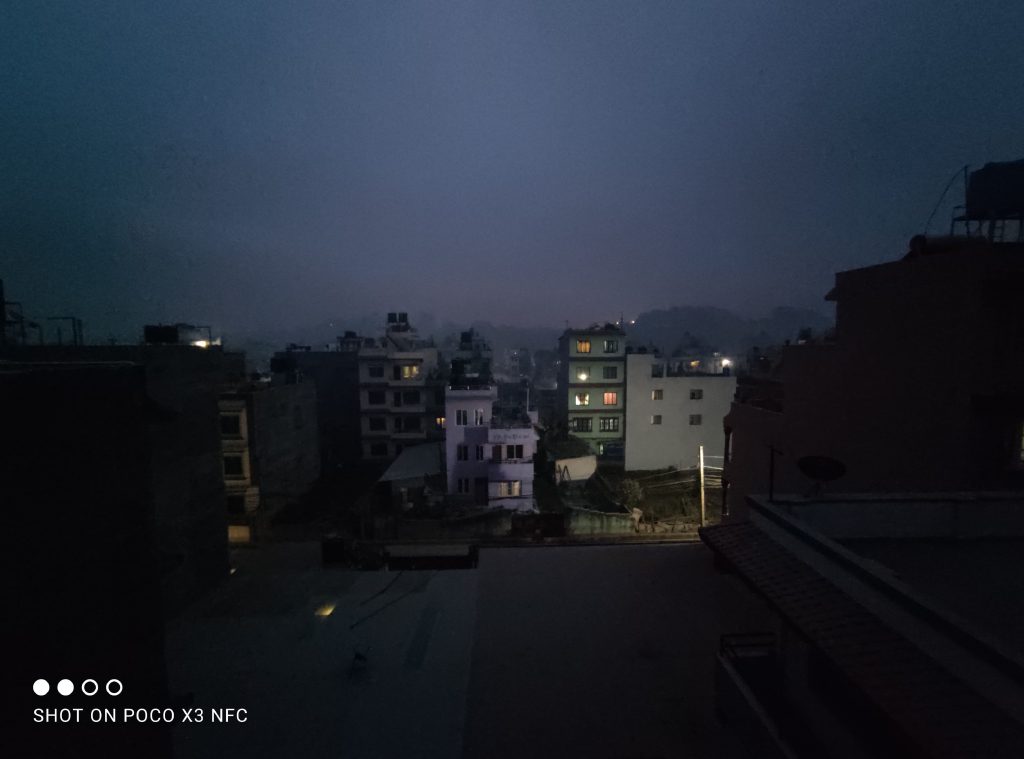
Night Ultrawide Normal
Video
Now, I was quite happy in the video department. Both ultra-wide and main sensor can shoot up to 4K@30fps and the details can easily be noticed between a 4K video and a 1080p one. Selfie video of up to 1080fps is supported. Videos from all these sensors have enough details, color reproduction and dynamic range.
What impressed me the most is the stability in these videos made possible by the gyro-EIS. It is much better when compared to its close competitor in the market right now i.e., Realme 7. There is the ultra-steady video option as well which maxes out at 1080p@30fps but improves the stability even further. In the end, it isn’t as good as OIS. You can easily notice the fuzziness when I pan these videos side to side. Finally, I do not advise shooting any kind of night time video if there are no proper light sources around as the shots have almost no exposure.
Slow Motion
The rear sensor supports slow motion videos of either 1080p@120fps or 720p@240fps or 720p@960fps. As you can see, the 960fps slow motion looks insane in proper lighting. There is slow motion option of 1080p@120fps on the front sensor as well.
Other Camera Features
Now it’s time to talk about some extra camera features available on this phone like Short video mode with speed control, filter and kaleidoscope perspectives. Documents mode that crops out text part from the images itself with two filter options to improve the clarity. The usual Panorama mode, long-exposure mode and time-lapse mode. Vlog mode that shoots short clips and edits them on its own into some popular vlog format. Clone mode has both photo and video option to experiment with your doppelgangers. Finally, the front and back mode shoots videos from both the front and rear sensor simultaneously which can come in handy when you are explaining something seen by the rear sensor while showing your face.

Macro (ON) 
Macro (OFF)
Oh! I nearly forgot about the Pro photo mode that I recommend all of you to learn. It will greatly help you improve your photography skills. If you click on the top right ‘i’ icon, it provides detailed information about everything that this mode has to offer. I think all other camera apps should provide this type of useful insight in their Pro mode. Sadly, there is no Pro video mode option but it is rarely seen in mid-range devices.
Camera Conclusion
In conclusion, even though I did complain at times I still think this has the best cameras of any mid-range smartphone in the Nepalese market right now. For this price, I don’t think you should hesitate because of the criticisms I made since it’s my job to do so, right? I hope you will make the right decision.
Battery
Since the global variant was launched in Nepal, the battery capacity is down from 6000mAh in the Indian variant to 5160mAh. Don’t worry, it is still big enough to last you an entire day. In our screen time test with Wi-Fi on,50% brightness and 120Hz refresh rate, the phone lasted around 13 hours while gaming, surfing the web, social media and a little bit of everything. Charging the battery with the 33W fast charger provided in the box, I was able to juice it up from 0 to 55 in half an hour whereas a full charge took me under 80 minutes.
Poco X3 Full Review: Verdict
Poco X3 clearly proves that you don’t need to spend a lot on a good smartphone today. It excels in almost everything that a mid-range smartphone should have. You can opt for other smartphones with an AMOLED 60Hz display at this price range but I am sure no other smartphone can currently beat this as a complete package. Let me know in the comments below if you bought one or are planning to buy one. I would love to hear from you.


